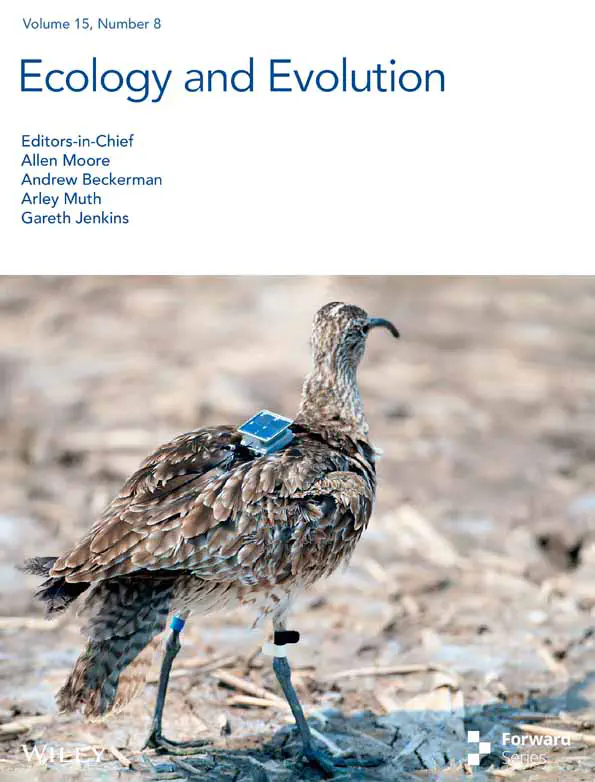Distinct Intra-Cohort Resource Utilization in Young-of-the-Year Pikeperch (Sander lucioperca): Evidence From Diet and Isotopic Analysis

Abstract
Intraspecific competition is a fundamental selective force in animals, leading to various specializations that influence ecological interactions. Diet composition and trophic position at the early life stages substantially influence fish growth, survival, and recruitment success. Yet, most studies focus disproportionately on adult stages, leaving critical knowledge gaps in our understanding of early life history. To address this, we used young of the year (YOY) pikeperch (Sander lucioperca) as a model species and investigated the intraspecific interaction and degree of trophic partitioning between three intra-annual cohorts (extremely small (ES), ordinary and piscivorous YOYs) using stable isotope (SI) and gut content analysis (GCA). Analysis of SI metrics unveiled that an ontogenetic diet shift was linked to increasing body size, leading to significant trophic niche variation among intra-annual cohorts. The piscivorous cohort occupied the highest trophic position, followed by the ordinary and ES cohorts. There was no overlap in the isotopic niche between the intra-annual cohorts, considering the 40% standard ellipse area. The GCA showed two distinct feeding patterns: the ES cohort exclusively consumed zooplankton, while the ordinary cohort had a more diverse diet, feeding on zooplankton and benthic macroinvertebrates. The piscivorous cohort (≥ 80 mm) predominantly fed on their conspecifics and YOY perch (Perca fluviatilis). Our study demonstrates that YOY pikeperch intra-annual cohorts exhibit a broad size range and unique ontogenetic feeding patterns, with vital implications for population dynamics and ecological interactions. These differences are likely due to different hatching dates, environmental factors, and individual ability to become predatory. Furthermore, this work emphasizes the need for comparative studies to better understand trophic dynamics and uncover the ecological factors shaping the early life stages of fish.